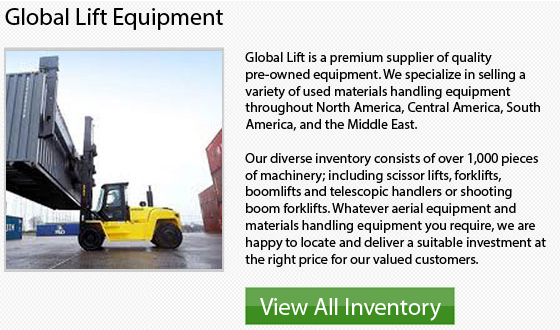
The air-filled or pneumatic tire is composed of a core filled with airtight sealed pressurized air. Normally, a tread made with reinforced steel belting or other materials, seals this inner core and provides the contact area with the road.
Because the air pressure inside the tire is greater than atmospheric air pressure, the tire remains inflated even with a vehicles' weight resting on it. The air pressure within the tire provides resistance against forces which attempt to deform the tire. This gives the tire a slight degree of a cushioning effect as the tire hits bumps in the road. If you have ever taken a ride in an old-fashioned carriage which had wooden wheels, you understand exactly how big of a difference a set of pneumatic tires can make.
Of course, there are some drawbacks to pneumatic tires. For example in highly dangerous applications or high-performance situations, these tires can suffer a puncture and this would result in a complete failure. The consequence of a blowout at high speeds could result in a dangerous car accident. Military planners should take into consideration tires getting blown out by explosion shrapnel or shooting of guns. A vehicle crew's worst nightmare is becoming trapped within a fire zone because of all of their tires becoming flat. Airless tires evidently don't suffer from these type of problems and thus, could be more suitable in certain applications.
The pneumatic tire may have problems as well with the variation in air pressure and tire performance. The lower pressure in a tire can increase the comfort level and the traction. This is due to the fact that tires flatten slightly and more tread is placed in contact with the road. The air pressure inside of the tire works to maintain the lateral stiffness of the tire as well as maintain the "up and down" stiffness. Thus, reduced air pressure allows the sidewalls of the tires to flex. This leads to poor handling unfortunately. Within an airless tire, the stiffness in those two dimensions is independent.
There are other issues with air pressure. Customers are notoriously undependable when it comes to maintaining correct air pressure. Tires which have incorrect air pressure can lead to unsafe situations. It is very important to bear in mind that pneumatic tires are susceptible to temperature changes also, that could be responsible for changing the internal pressure of the tire. It is essential to consider the kind of settings you would be needing your machine to function in so that you could inspect the tires regularly and keep the equipment as safe as possible.